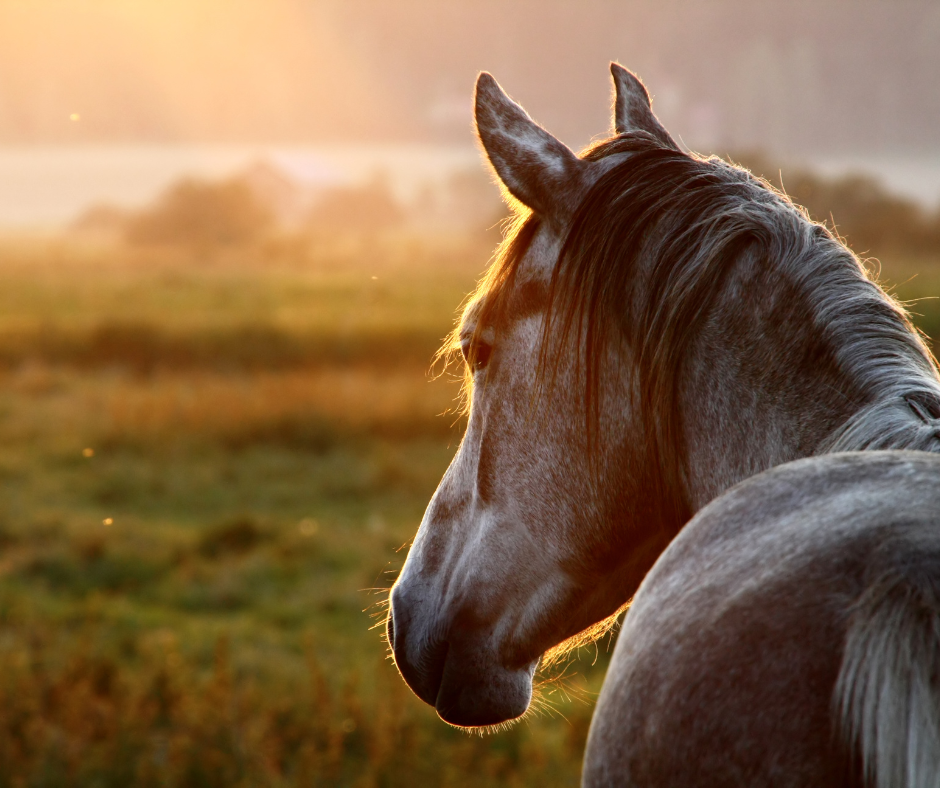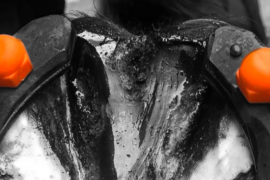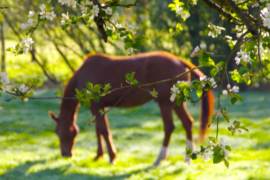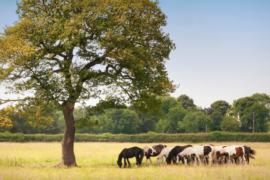October is well and truly underway -The days are getting cooler and the autumnal flush of grass growth is upon us. As equestrians, we brace ourselves for winter’s mud and boggy fields, but what if we could avoid this? Keep reading to find out the best paddock maintenance tips for the next few months.
Fertiliser is incredibly important in this mission
It’s crucial to undertake as much paddock maintenance as we can during September and October to prepare our paddocks and provide the best grazing land we can. It doesn’t only prevent your field from being a churned-up mud pit but also aids the health and well-being of your horses. Fertiliser is incredibly important in this mission, by giving your fields a top layer of fertiliser it encourages this autumnal grass growth. At this time of the year, the grass is denser and therefore thicker. Putting a dressing of fertiliser on top protects it, ensuring a better life span throughout winter!

Browse our range of fertiliser and paddock maintenance supplies HERE
Another important factor that equestrians are all too familiar with is that of weeding. Weed control is most beneficial during the spring months, however, hope is not lost if you need to eradicate them towards the end of summer. Fertiliser company Suregrow advises:
“waiting for the autumn flush which is when new weeds start to germinate due to the increased soil moisture. Where possible we would advise you to consider cultural or mechanical methods of controlling weeds. Mowing & harrowing can help reduce weed populations.”
Dreaded ragwort should be dug up and burnt, ensuring NO roots are left, as when dry it is very poisonous to horses. Suregrow advises mixing blue dye with weed killer to mark the affected areas, ensuring you don’t miss any parts or over-spray the same area twice. Another factor that is often the main cause of wet boggy fields is poor paddock drainage. This often leads to poached fields which can result in an array of equine health problems such as mud fever and thrush. Although this is often a tough situation, temporary fixes can be made to aid drainage. Most local contractors will be able to help with a mole plough or deep tine aerate.
Finally, there is one golden rule when it comes to grass maintenance: Keep all grass at least 3 inches tall. When grass fails to make this point it causes too much stress on the plant, leaving it to die and leave bald patches in your paddock. Using Suregrow will prevent this, always keeping your grass at least 3 inches tall!
References:





